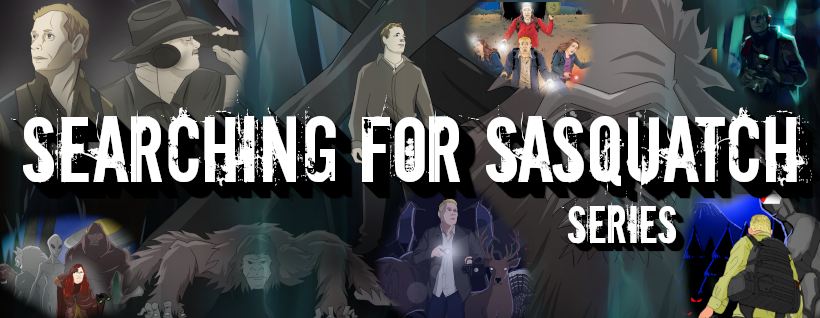Captions or Subtitles?
Today we are taking a look at captions and subtitles. While the two are similar they are not the same. They both appear as text on your film and normally represent the dialogue between characters. Some streaming companies even group the two under one heading, which may lead to even more confusion for anyone trying to understand the difference.
Captions and Subtitles, while similar, both server unique purposes. Here is more information:
- Captions come in open or closed form. Closed captioning can be turned off, while open captioning is embedded directly into the film.
- Captions are very useful to people who are hearing impaired.
- Captions are generally onscreen text in the language being spoken in the film and includes non speech sounds. Captions may appear onscreen that says "intense music" or "birds singing".
- Almost all Streaming services and public television require your film or show to have captioning.
- Subtitles are generally onscreen text in a language the viewer understands when watching a film that has onscreen dialogue in a foreign language.
- Subtitles only includes dialogue.
- Subtitles are commonly used for foreign films.
Now, to simplify it a bit. If you have a film where the characters speak English and you are releasing your film in area where English is the spoken language you will need captions for the film.
Now, if you are releasing that same film in other areas where English is not the spoken language, then you would use subtitles that are in the areas native dialogue. The main purpose of subtitles is to translate the spoken language into the viewers language.
Captions are designed for viewers who cannot hear the audio in the video. Subtitles are designed for viewers who can hear but do not understand the language in the video.
As things change, the two words, caption and subtitles, have become more interchangeable when talking about onscreen text. And you can essentially achieve the same result with either form.
Here at ZMP, we typically translate English captions into different languages to make a film more appealing to a larger audience. This translation is also a service we offer to all filmmakers, for a very low fee, even if we are not your publisher/distributor. Feel free to contact us.
In closing, we hope this short article helps you understand the similarities and differences between Captions and Subtitle.
Have a great day!
ZMP


















0 comment:
Post a Comment